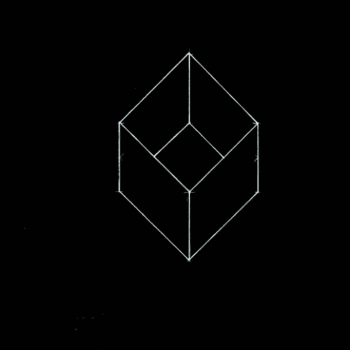Well, first we need to know the equation of a circle. It is #(x-x_v)^2+(y-y_v)^2=r^2#. #x_v# is the value of #x# at the vertex, #y_v# is the value of #y# at the vertex, and #r# is the radius.
Now we should start filling in the equation with what we know. #x_v# is #-2# and #y_v# is #1#. We don't know the radius, but I bet we can find it using the distance formula. To use the distance formula we plot the two points we know ((#-2, 1#) and (#1,0#)) and draw a right triangle from them. The #y# components are one leg and the #x# components give us another leg. Then we solve for the hypotenuse using pythagorean's theorem.
So, if the points we have are #(-2,1)# and #(1, 0)#, then the #y# leg is #1-0#, which is #1#. For the #x# leg, we subtract -2 from 1 to give us #3#. So, the two legs are #1# and #3#. Now we solve for the hypotenuse (#a^2+b^2=c^2#). #1^2+3^2=c^2# or #9+1=c^2#. That means that #10=c^2# and that #c=sqrt10#. Now we have the hypotenuse, which is also the radius.
Once we fill in the formula we arrive at #(x-(-2))^2+(y-1)^2=sqrt(10)^2#. To confirm we got it right, let's graph it:
graph{(x+2)^2+(y-1)^2=10}
The vertex is at #(-2,1)# and the circle hits the point #(1,0)#. We are correct!

